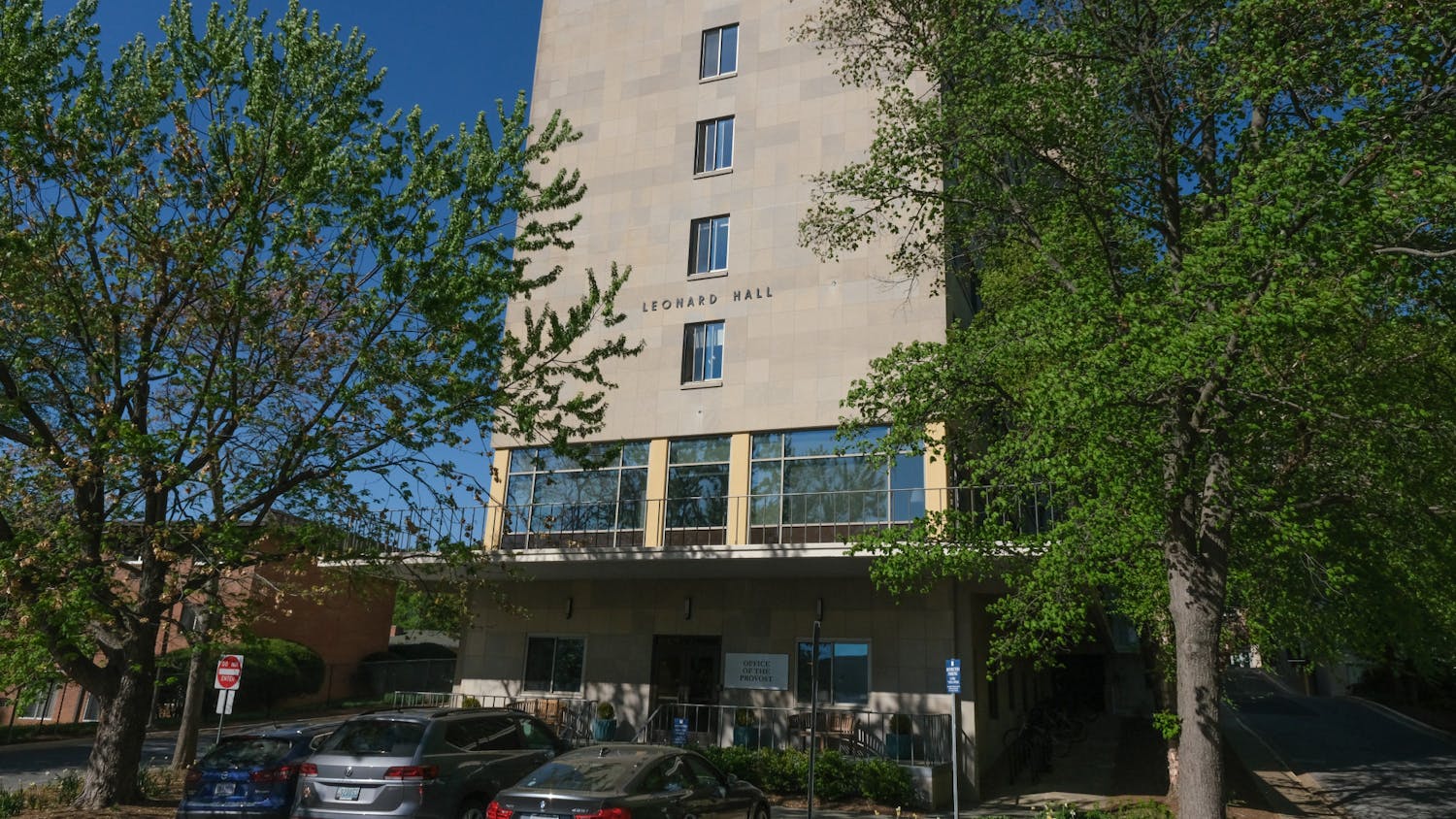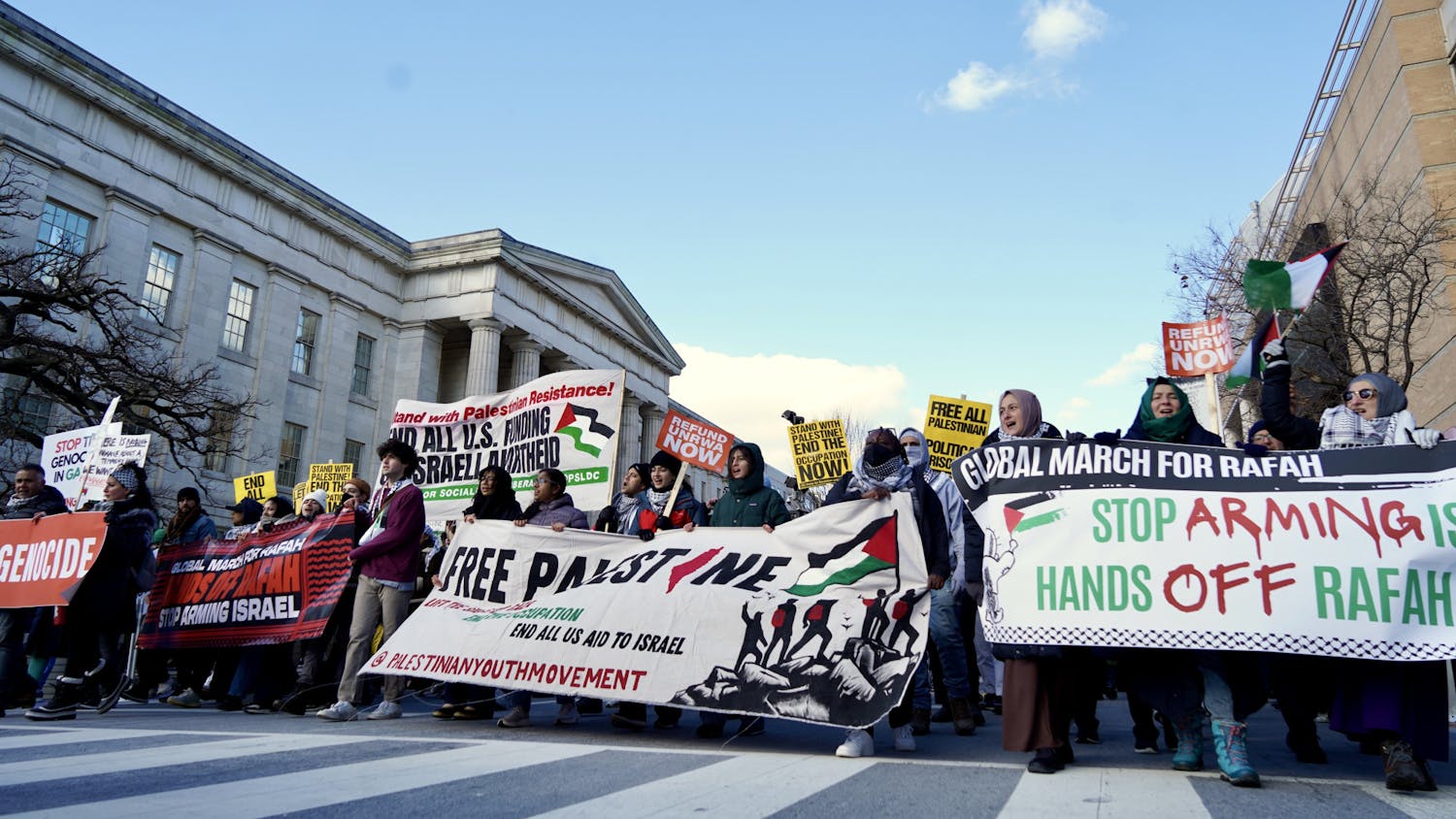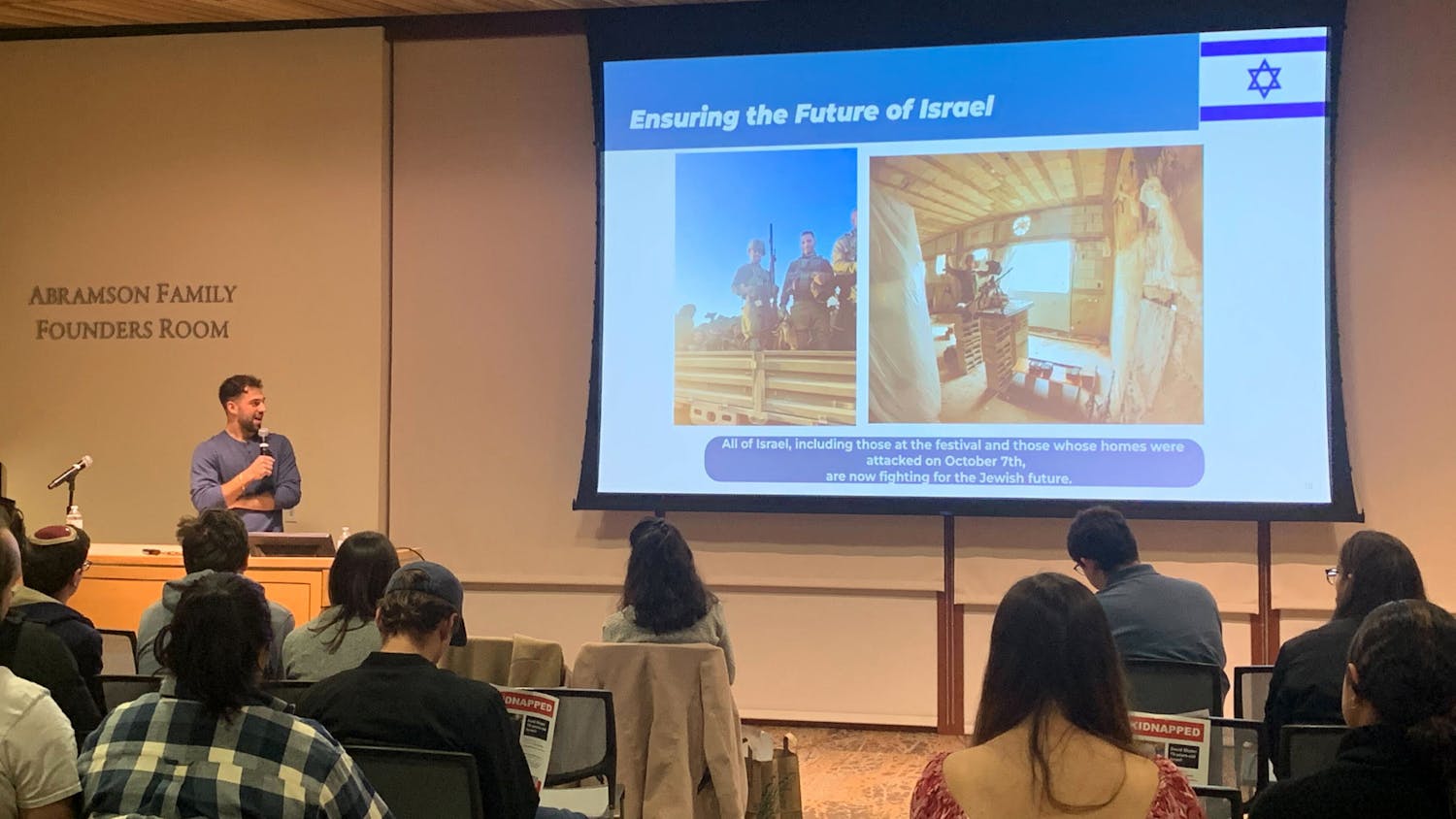From the Newsstands: This story appeared in The Eagle's April 2023 print edition. You can find the digital version here.
The United States is the land of the free, as long as those free have cars and homes. Car dependence in America is an undoubtable reality. The image of a six-lane road lined with fast-food restaurants and gas stations is seen all across the country as the byway between residential and commercial areas.
D.C. is not divorced from this, and Black communities bear the deadly brunt of car-centric neighborhoods everyday. It is no coincidence that Ward 3, one of the wealthiest and whitest areas of D.C., had no traffic deaths in 2021, and Wards 7 and 8, which have majority Black populations, hosted almost half of all D.C. traffic fatalities in 2021.
These majority Black neighborhoods are designed with the traffic concerns of D.C. commuters in mind, not the residents themselves, by having a much larger share of high-speed roadways and highways crossing directly through southeastern D.C. neighborhoods.
With a general lack of mixed-use zoning permitted in sprawling cities and suburbs alike, commercial and residential zones are geographically separated. This feeds the need for cars to get from the home to work, school and other establishments. The image evoked at the beginning of this piece is referred to as a “stroad”: a portmanteau of street and road. Urban planner Charles Marohn Jr. coined the term to describe “multi-laned thoroughfares you encounter in nearly every city, town, and suburb in America.”
A stroad is the combination of a street, which involves people interacting with commercial and residential areas, and a road that is built with high speed limits akin to a highway. Although they are often busy connectors of business and residences, most stroads don’t have well maintained sidewalks or safe crosswalks — making pedestrians’ travel either unsafe or impossible.
Stroads exist because of urban sprawl and non-mixed zoning areas where residential areas are far enough away from all other places that people need a car to accomplish daily tasks. If sprawling cities and towns were designed to be denser, stroads wouldn’t be necessary, but dangerous, connectors.
Urban sprawl exists because of American freedom — freedom to intricately craft barriers restricting minorities and lower classes from popping the perfect suburban bubble. Freedom to influence zoning policies and even carve out portions of cities to be built like suburbs plays a role, too.
This is seen in D.C.’s R-2 zone definition, which intends to “protect these areas from invasion by denser types of residential development.” This type of residential zone only allows development of semi-detached homes on medium-size lots, which essentially restricts housing designs other than two single-family homes connected by a shared wall. The only exceptions in R-2 zoning are for completely detached single family homes. Residential apartment zones that are meant for medium-to-high density living are quite few and far between in D.C., with Wards 4, 7 and 8 having practically no zones permitting such high density development.
Exclusionary zoning practices create artificially inflated housing markets that only allow the development of residential zones in specific areas. Such residential zones are often specified for only detached single-family homes, preventing more affordable multi-family homes and apartments from being constructed and restricting the kind of people who can live in a certain area.
Dense living is more efficient, cost-effective and community-oriented, so why isn’t there more incentive to build mixed-use and apartment friendly areas that allow residents to live, work and consume without the need for a car?
The answer is easy — urban sprawl requires a car, so as long as the car lobby remains powerful, mixed-use zoning and quality alternative transport will not be supported or funded. Without mixed-use zones, housing will continue to be segregated between those who can afford homes and those who need to rent.
The car lobby’s power is backed by the even larger oil lobby. Koch Industries is a conglomerate that produces gasoline, asphalt and various other car parts; the Koch brothers fund a libertarian lobbying group called Americans for Prosperity which has effectively lobbied against mass-transit projects in over seven areas across the country.
To many, an expensive SUV and a six-bedroom house represent the American dream, a dream sold to us by car companies and housing developers. This dream was born out of the racist “white flight” desires of rich and middle-class white Americans to carve out their own exclusionary utopias, where the barrier to entry is artificially high housing and vehicle prices.
Awareness about such systematic exclusionary urban planning, funded by the car and home development lobby, is the first step in creating more equitable and efficient cities and towns in the United States.
Jelinda Montes is a junior in the School of Public Affairs and School of Communication and the assistant opinion editor for The Eagle.





